Are you tired of sending out emails and not getting any responses? Do you want to learn how to effectively follow up without being annoying?
In this article, we will explore the art of keeping conversations alive through the practice of bumping an email. From understanding the importance of follow-up emails to mastering the timing strategies for effective follow-ups, we will provide you with tips, examples, and templates to improve your email etiquette and increase your response rate.
Let's dive in and elevate your follow-up game!
Key Takeaways:
Follow-up emails are crucial for keeping conversations alive and building relationships with clients or colleagues.
The timing and content of a follow-up email are important factors for success. Avoid common mistakes and use best practices to maximize effectiveness.
Incorporate value, urgency, credibility, and empathy in follow-up emails. Utilize templates and avoid mistakes to improve email etiquette and increase response rates.
Introduction to Bumping an Email
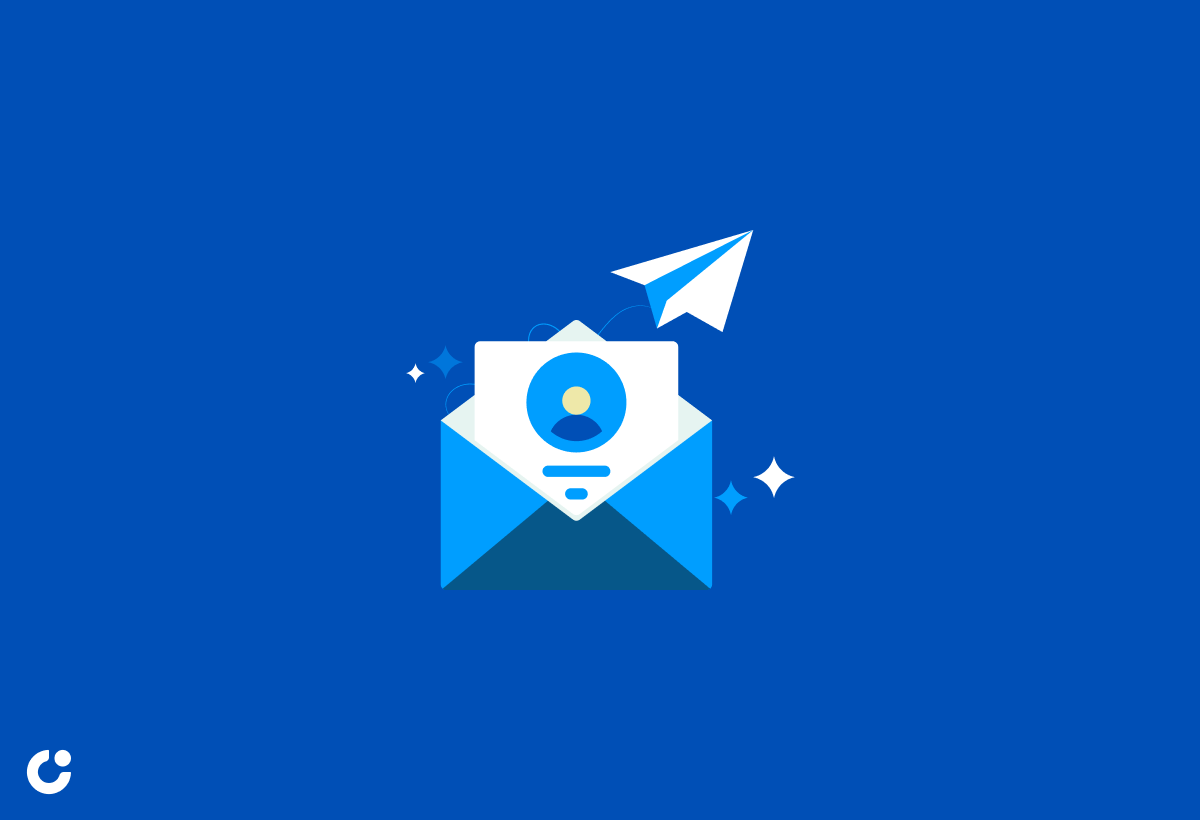
Email etiquette plays a crucial role in professional communication, and knowing when and how to follow up is essential for building strong business relationships.
In terms of email etiquette, the way you craft your messages can greatly impact how you are perceived by your colleagues or clients. Setting the right tone through proper subject lines, email signatures, and language is key to effective communication. Subject lines should be clear and concise to grab the recipient's attention, while email signatures help establish your professionalism and credibility. The tone of your emails should strike a balance between being professional and approachable, creating a positive impression on the reader.
Understanding the Importance of Follow-Up Emails

Follow-up emails are valuable tools in maintaining professional relationships and ensuring effective communication in business interactions.
Timely follow-ups are crucial in nurturing connections and showing that you value the relationship.
By sending a polite and concise follow-up email after a meeting or conversation, you not only reinforce your interest but also help prevent misunderstandings that may arise.
Proper email etiquette, such as addressing the recipient by name and expressing gratitude for their time, can significantly increase reply rates and leave a positive impression.
Exploring the Art of Keeping Conversations Alive
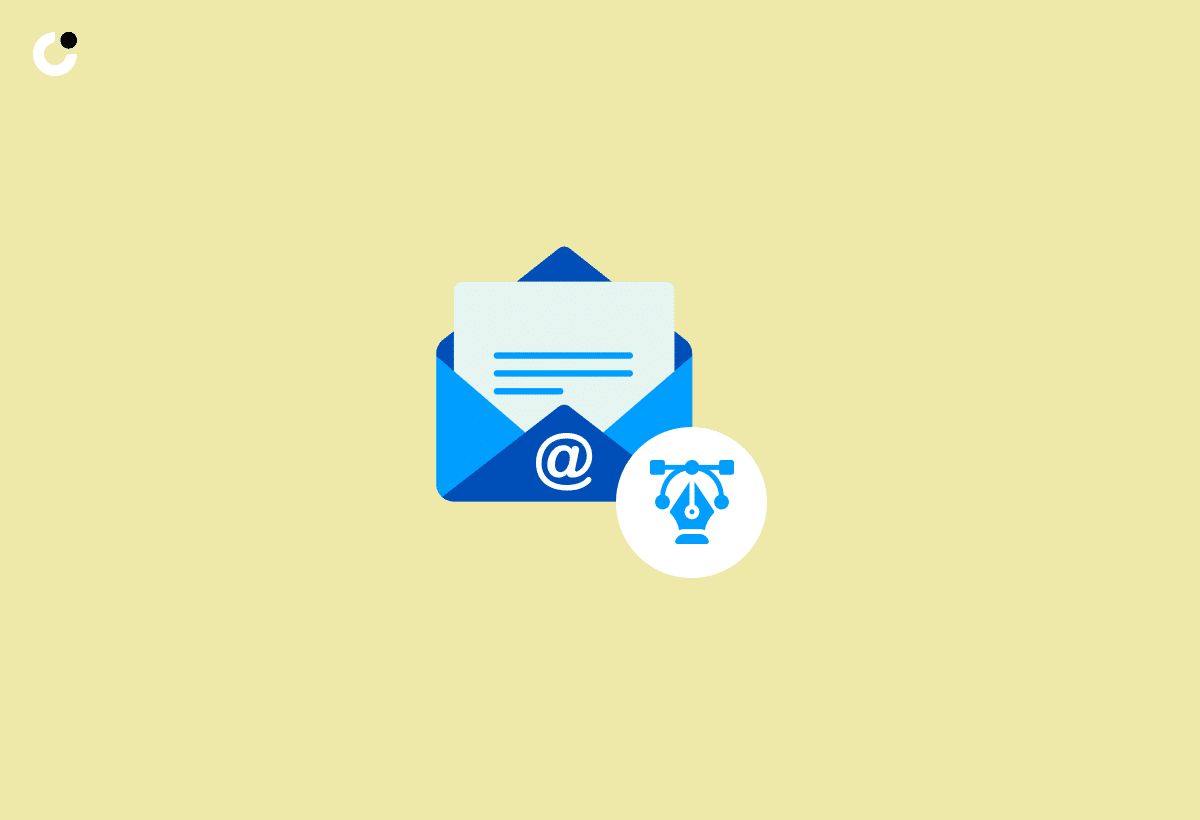
Keeping conversations alive through follow-up emails requires a balance of persistence and professionalism to engage effectively with recipients.
One key strategy for maintaining engagement in email conversations is to utilize follow-up games that not only capture the recipients' attention but also prompt a response. These can be simple quizzes, riddles, or challenges related to the email content, enticing recipients to interact further. Crafting compelling emails involves personalized content, clear calls to action, and a friendly tone that resonates with the recipient. The design of the email, including visuals, colors, and layout, plays a crucial role in sustaining interest and making the conversation visually appealing.
When to Follow Up After No Response
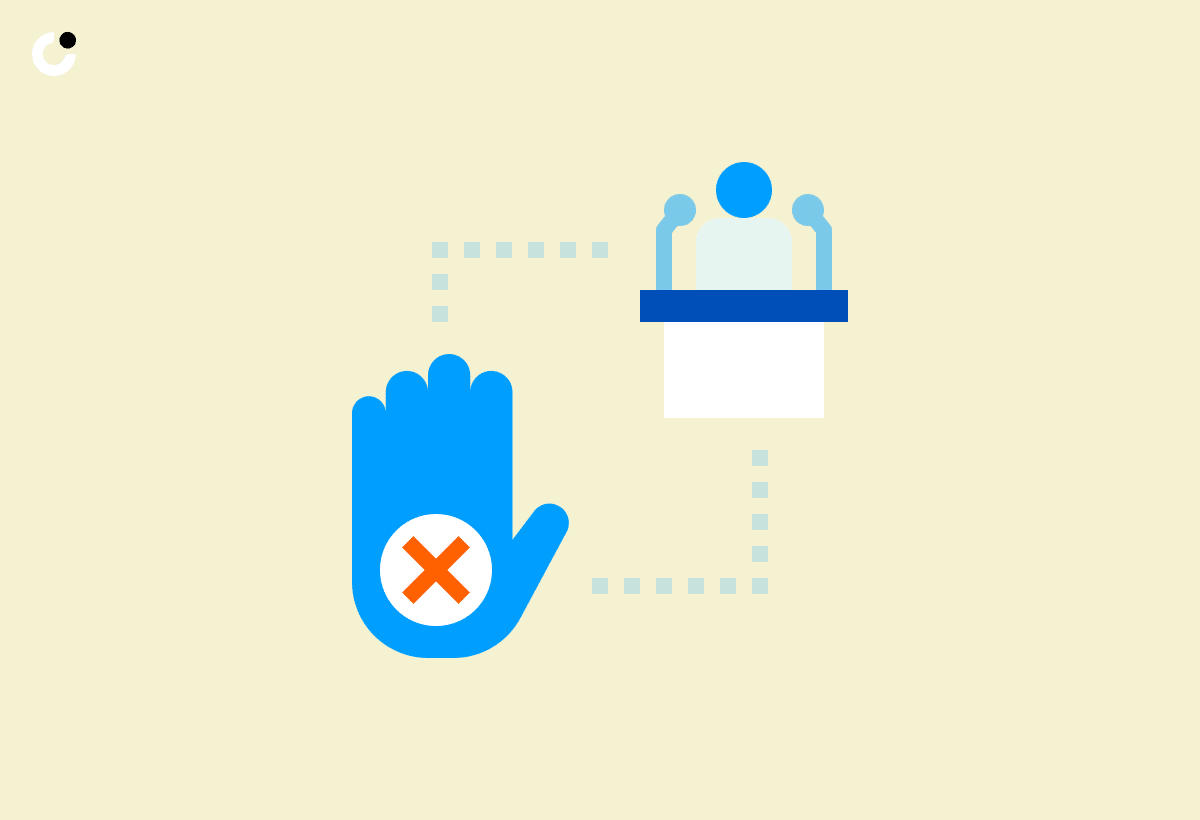
Deciding when to send a follow-up email after not receiving a response requires strategic timing for optimal engagement.
When contemplating the ideal moment to ping your recipient again, it's crucial to take into account various factors like the significance of the communication and the level of urgency therein. Crafting a thoughtfully timed follow-up can significantly impact the recipient's responsiveness and perception of your message. Be mindful of the individual's preferred communication style, which can vary widely among different recipients.
Perhaps, a gentle nudge after a few days could be appropriate for a non-urgent matter, while for time-sensitive issues, a swifter follow-up within 24 to 48 hours might be more suitable. Balancing persistence and respect for the recipient's time is key in navigating the delicate dance of follow-up emails.
Timing Strategies for Effective Follow-Ups
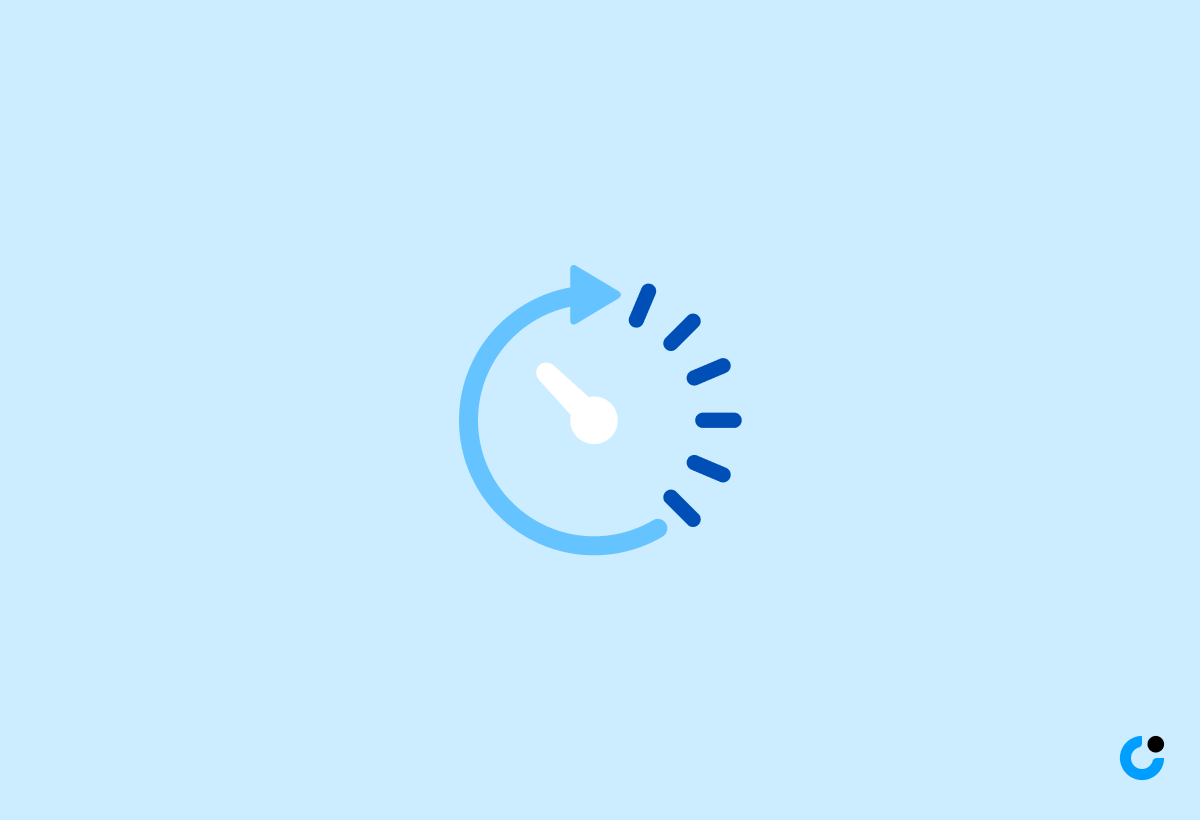
Effective follow-up emails hinge on strategic timing that respects the recipient's schedule and maximizes response rates.
When considering the timing for follow-up emails, it's crucial to take into account various factors that can influence the likelihood of a response. Weekdays generally offer a more active and responsive audience compared to weekends. Scheduling emails during non-peak hours can help your message stand out in a less crowded inbox. Tailoring your follow-up to the recipient's timezone showcases thoughtfulness and consideration, potentially increasing engagement. The urgency and context of the initial message should dictate the timing of subsequent follow-ups, striking a balance between persistence and respect for the recipient's time.
Writing a Follow-Up Email After No Response
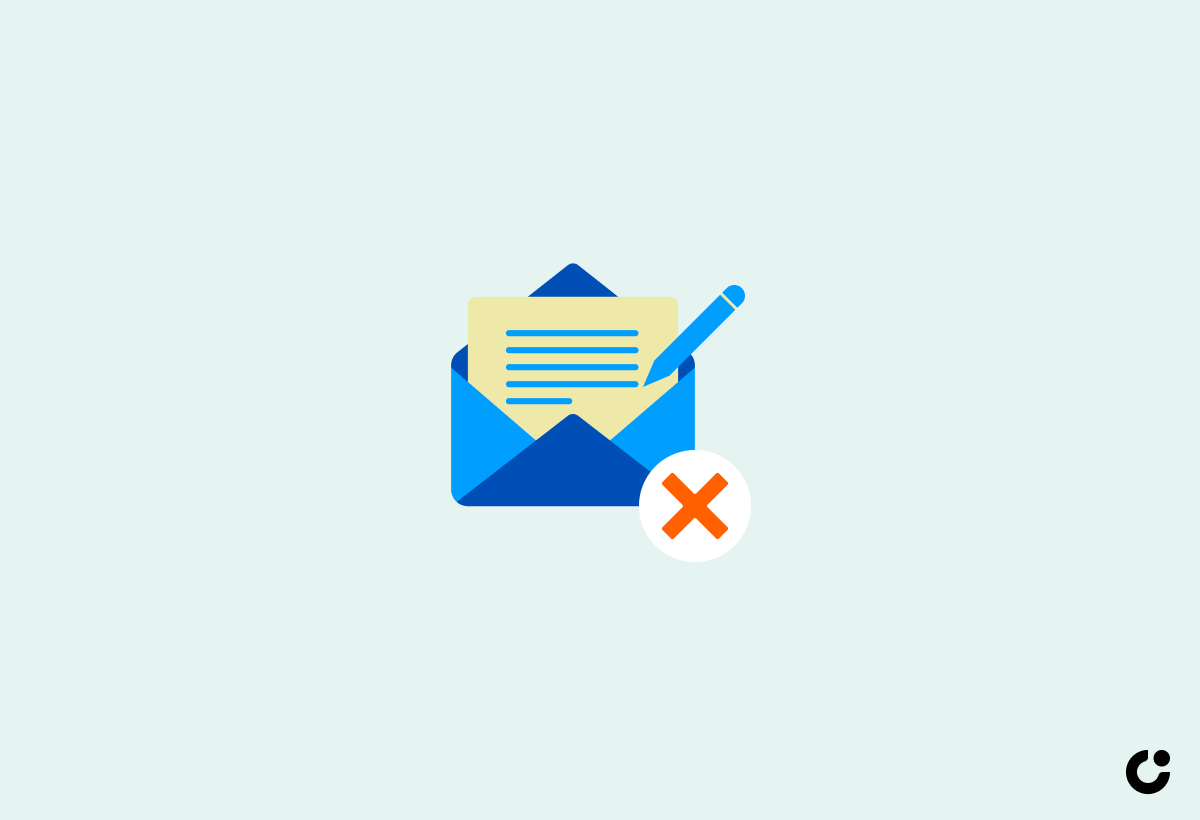
Crafting a follow-up email after not receiving a response requires finesse to re-engage without being intrusive or annoying.
One essential tip for writing an effective follow-up email is to personalize it. Address the recipient by their name and refer back to your previous correspondence to show that you value their time and input. Keep the message clear and concise, using bullet points or numbered lists to highlight key points. Using a gentle reminder in your follow-up can help prompt a response without coming across as pushy. Remember to maintain a professional tone throughout, expressing gratitude for their consideration and understanding of their busy schedule.
Avoiding Common Mistakes in Follow-Up Emails
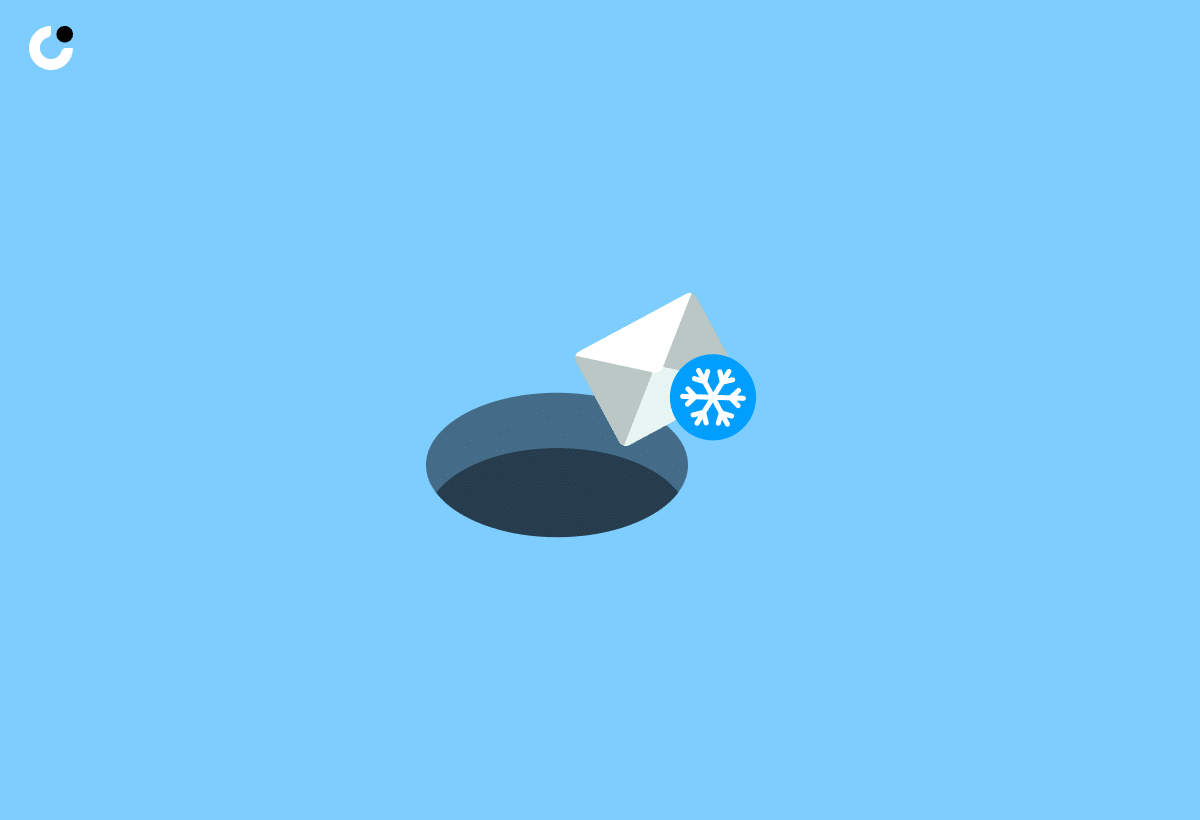
Common mistakes in follow-up emails can hinder communication effectiveness and damage professional relationships.
One common mistake is excessive follow-ups, bombarding the recipient with multiple messages in a short span. This can be overwhelming and even irritating to the recipient, leading to a negative perception of the sender.
Moreover, lack of clarity in follow-up emails is another prevalent issue. Unclear requests or vague language can result in confusion and delays in responses.
An inappropriate tone, such as being too pushy or demanding, can come off as disrespectful and unprofessional. To avoid these mistakes, it is important to maintain a balance of follow-ups, clearly state the purpose and expectations, and ensure a respectful and professional tone throughout the communication.
Incorporating Best Practices for Follow-Up Emails
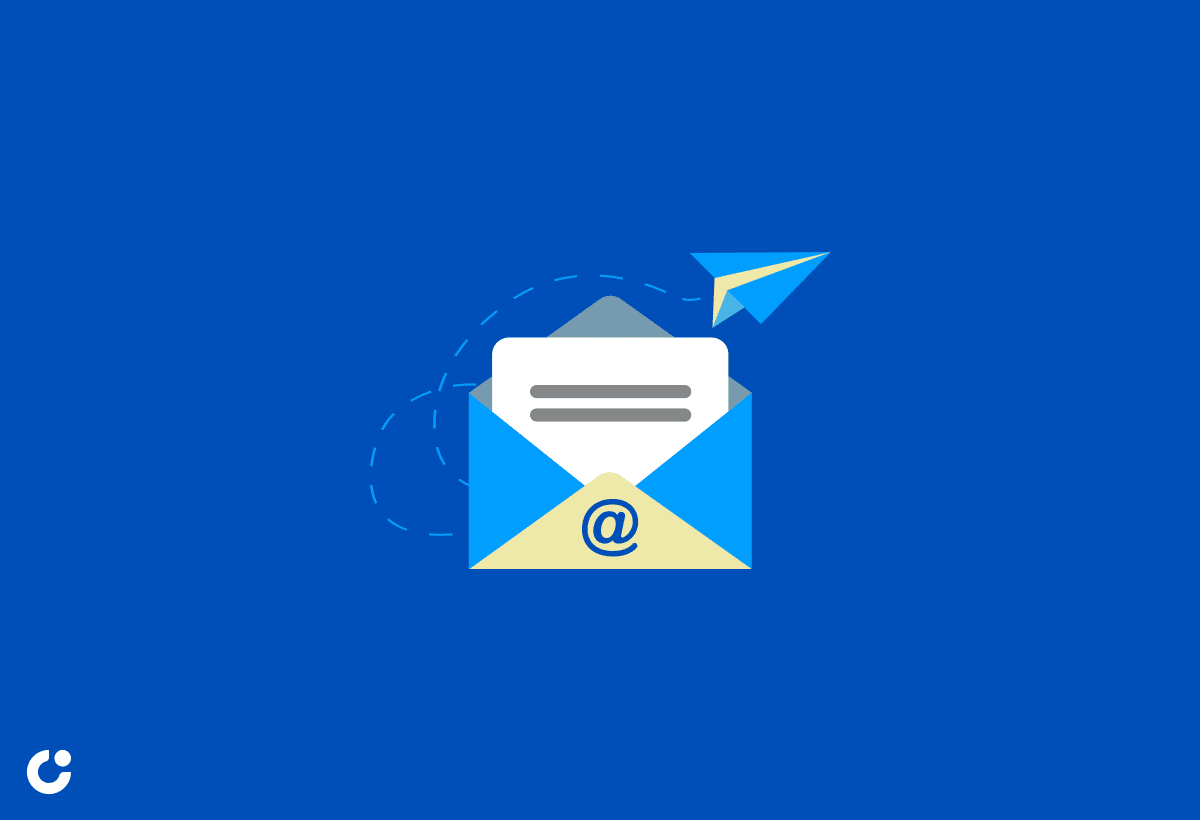
Adhering to best practices in follow-up emails can enhance engagement, improve response rates, and strengthen professional connections.
One crucial aspect to consider in crafting effective follow-up emails is personalization. Tailoring the email content to the recipient's interests or previous interactions can significantly increase the chances of a positive response.
Keeping the messaging concise and to the point helps ensure that the recipient understands the purpose of the email quickly. Clear calls to action are essential for guiding the recipient on the desired next steps.
Another often overlooked element is the design and formatting of follow-up emails. Utilizing a clean layout, eye-catching visuals, and appropriate use of white space can greatly enhance readability and impact, making your message more visually appealing and easier to digest.
Tips for Sending a Follow-Up Email
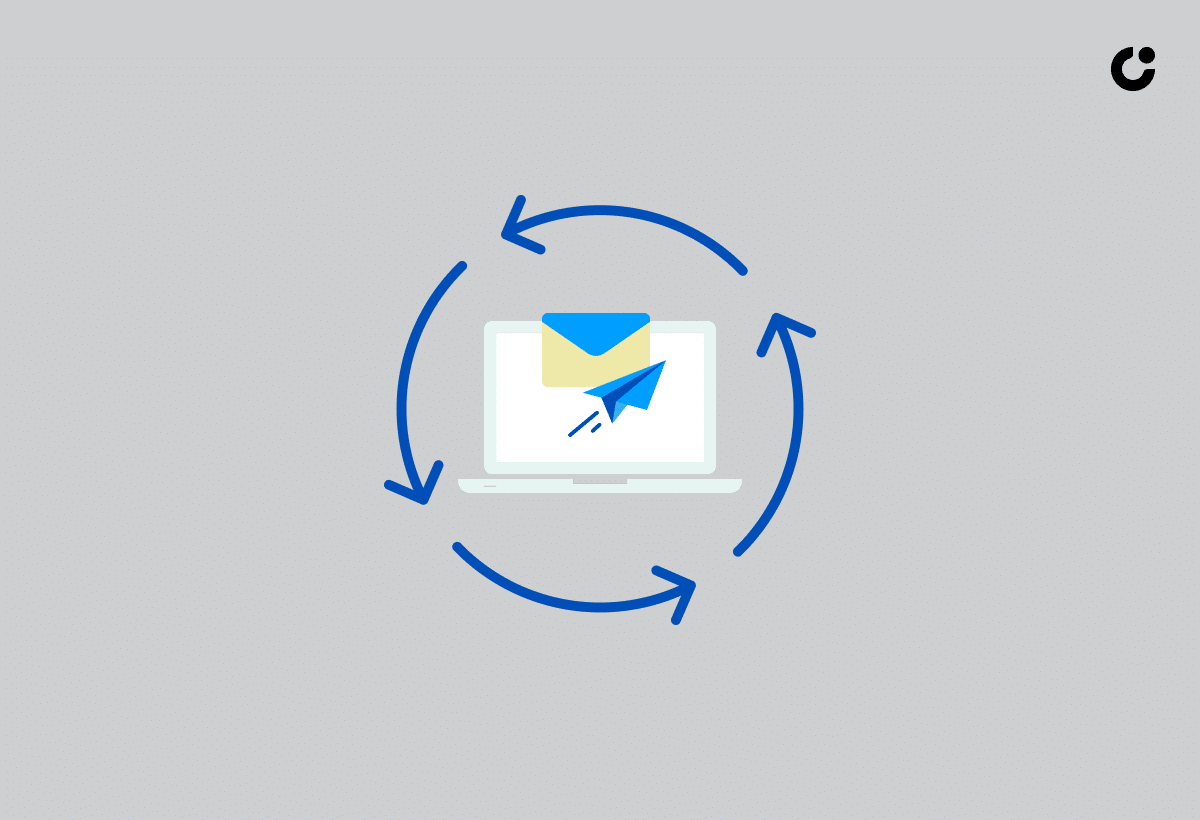
Sending a follow-up email that resonates with the recipient requires a blend of value, empathy, and professionalism.
When crafting your follow-up message, aim to provide additional information or insights that can genuinely benefit the recipient. Show them that you respect their time and understand their needs by addressing any previous interactions or concerns they might have shared with you.
Infuse your email with a sense of empathy by acknowledging their perspective and demonstrating that you are truly listening. Sincerely show that you care about helping them solve their problems or achieve their goals.
To create urgency effectively, focus on highlighting the unique benefits or opportunities that your offer presents without resorting to aggressive sales tactics. Showcase how acting promptly could lead to desirable outcomes while leaving the decision-making power in their hands.
Providing Value and Information in Follow-Up Emails
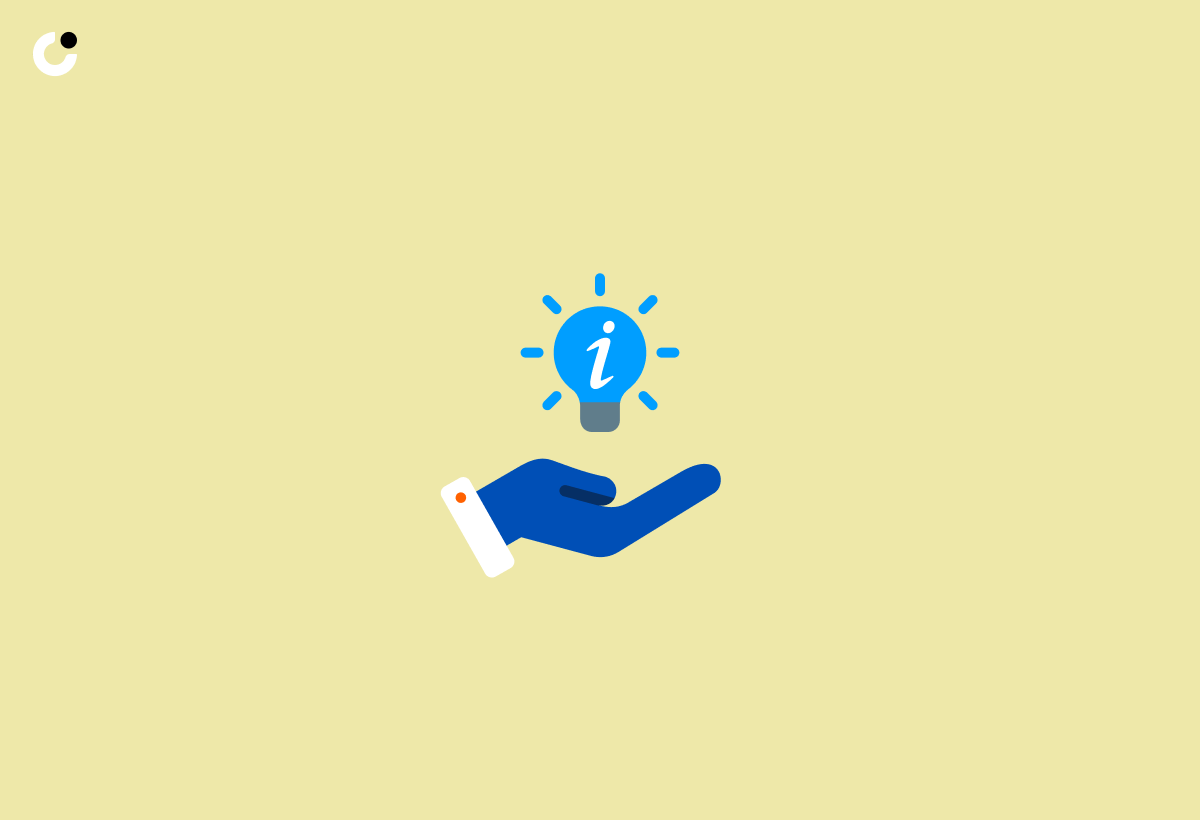
The key to successful follow-up emails lies in offering value through relevant information that resonates with the recipient's needs or interests.
When crafting follow-up emails, it's crucial to personalize the content to ensure it directly addresses the recipient's specific challenges or pain points. This could involve sharing tailored insights that demonstrate a deep understanding of their situation. Providing helpful resources, such as relevant articles, tools, or guides, can showcase your commitment to supporting them beyond just a sales pitch.
By customizing the content to match the recipient's interests or concerns, you can significantly increase the impact of your follow-up communication. This personalized approach not only helps in building a stronger connection with the recipient but also establishes you as a trusted advisor who genuinely cares about their needs.
Embracing Empathy and Creating Urgency in Follow-Ups
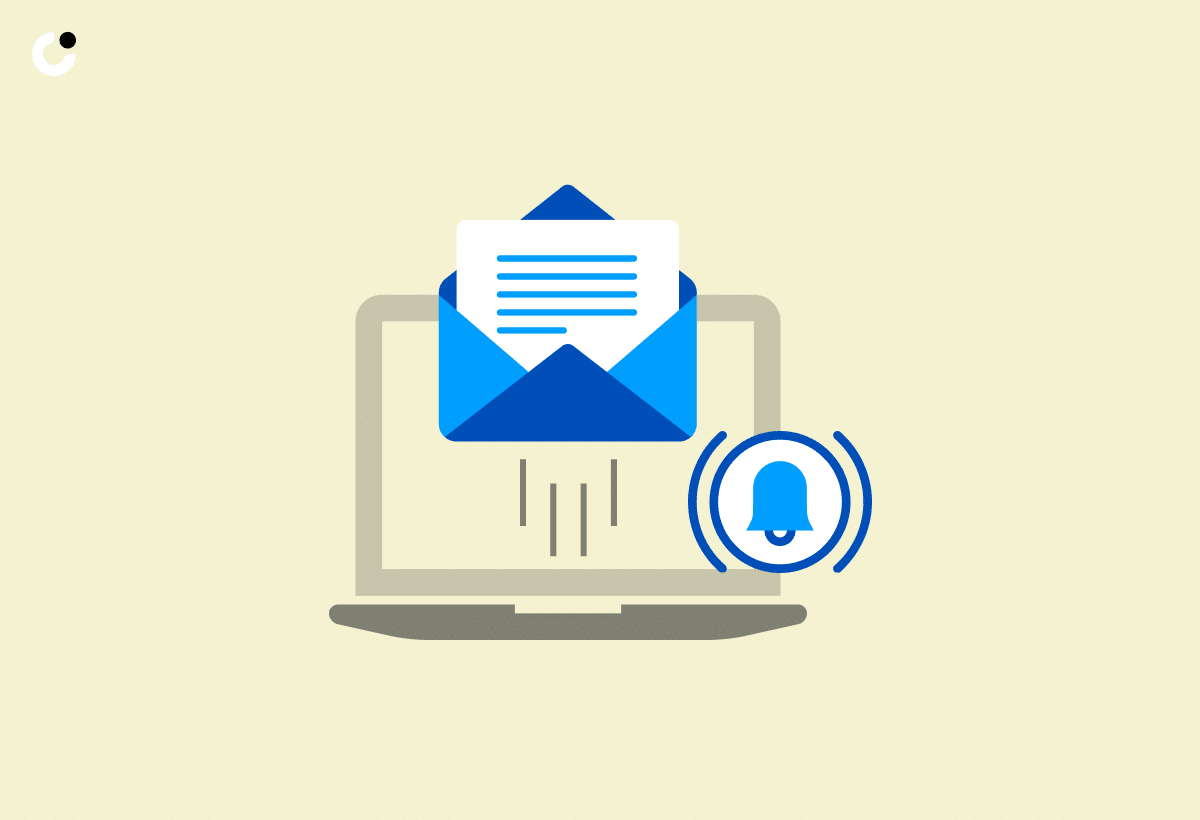
Incorporating empathy and a sense of urgency in follow-up emails can motivate recipients to act promptly while fostering positive relationships.
Empathy plays a crucial role in follow-up communications as it shows the recipient that you understand their perspective and needs. When crafting follow-up emails, try to put yourself in their shoes, addressing any concerns they might have and tailoring your message to resonate with their situation. This personalized approach can significantly increase the effectiveness of your communication.
To create a sense of urgency in follow-up emails, make sure to include clear calls to action that specify what you want the recipient to do next. Whether it's signing up for a webinar, scheduling a call, or making a purchase, providing a straightforward and compelling Call-To-Action (CTA) can prompt immediate action. Incorporating time-sensitive offers, such as limited-time discounts or exclusive deals, can further motivate recipients to take action promptly.
Showcasing Credibility and Social Proof in Follow-Up Emails
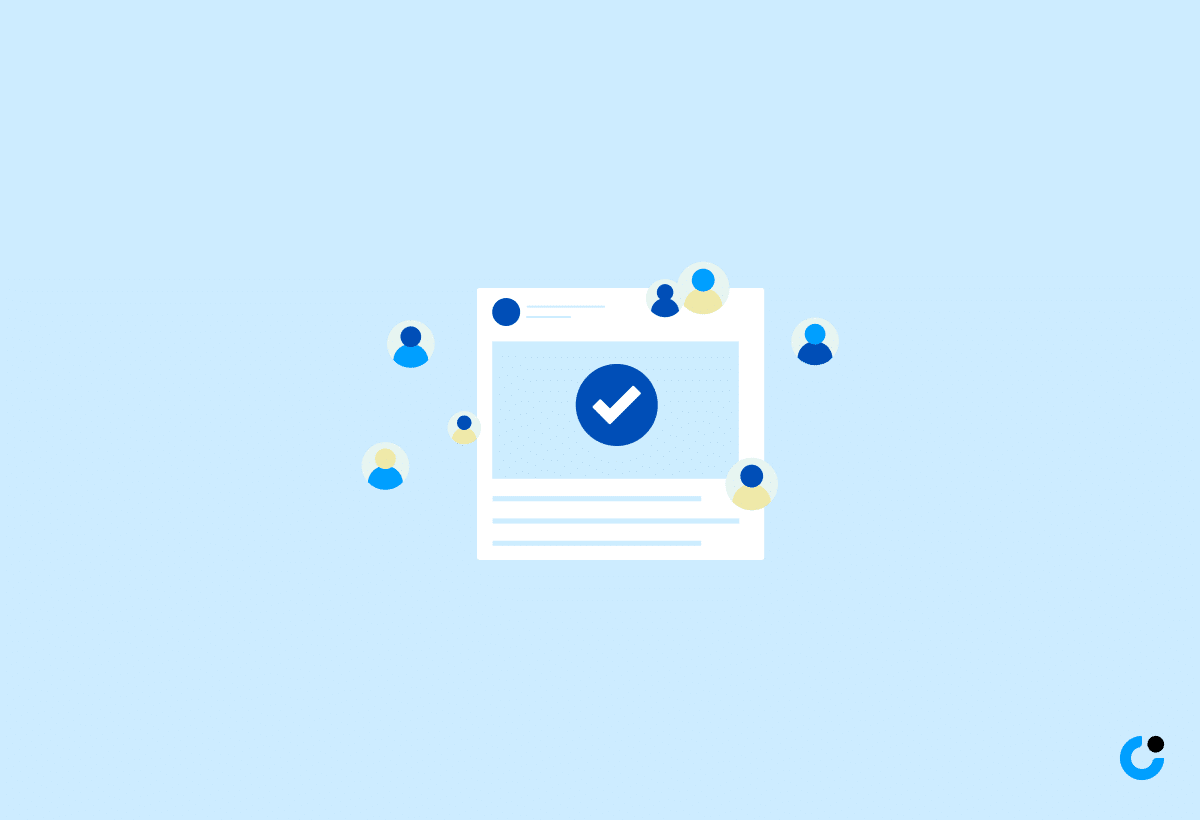
Establishing credibility and providing social proof in follow-up emails can build trust and reinforce the value proposition for the recipient.
One effective way to showcase credibility is by incorporating testimonials from satisfied clients or customers in your follow-up communications. By sharing real-life experiences of how your product or service has benefitted others, you are offering tangible evidence of your capabilities and reliability.
Plus testimonials, case studies can be a powerful tool to demonstrate expertise and success in solving similar problems faced by your recipients. Through detailed narratives of challenges faced, strategies implemented, and results achieved, you can provide a compelling story that reinforces your credibility.
Highlighting any industry recognitions or awards your business has received can further bolster your credibility in the eyes of the recipient. Accolades from reputable sources serve as external validation of your capabilities and help establish trust.
Examples and Templates for Follow-Up Emails
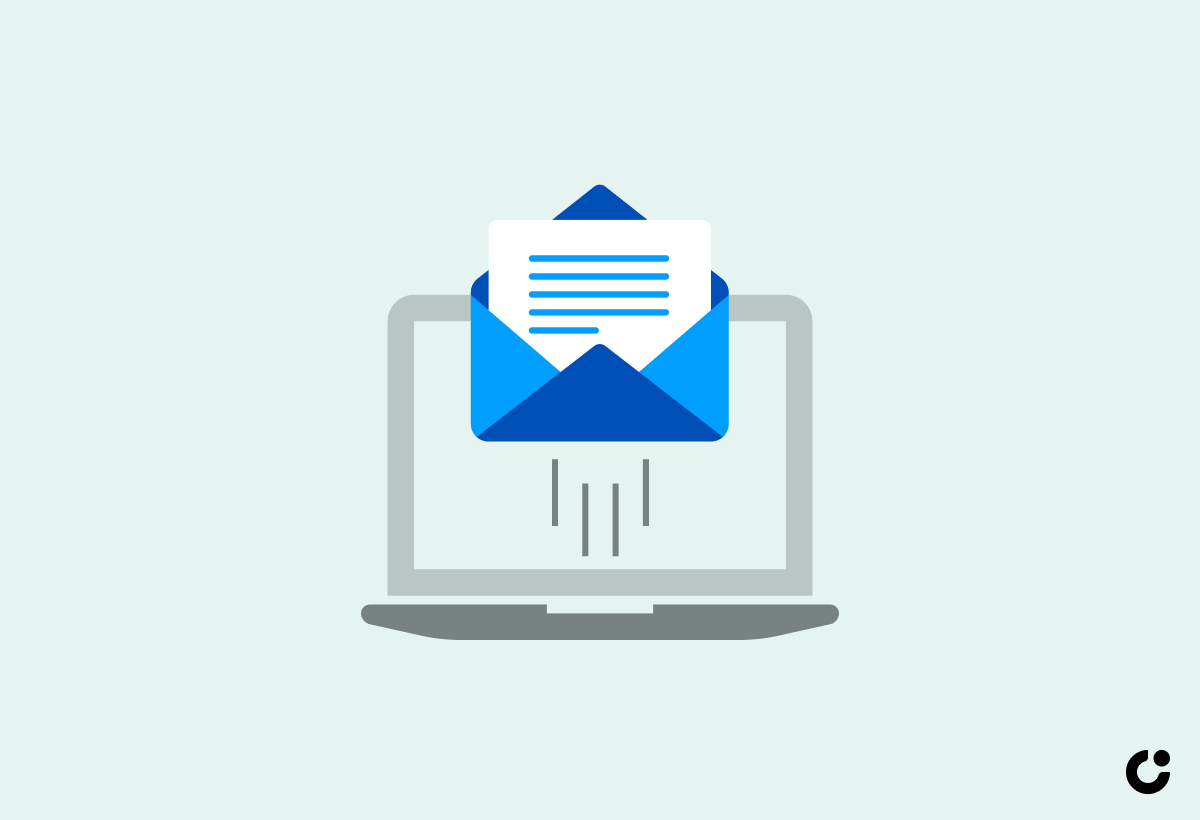
Utilizing examples and templates for follow-up emails can streamline the communication process and ensure consistency in messaging.
When sending a thank-you email after a job interview, it's crucial to express gratitude for the opportunity and reaffirm your interest in the position.
A sample template could include a brief 'thank you' paragraph followed by a sentence highlighting a specific conversation topic from the interview,
then concluding with a professional sign-off. Similarly, for meeting follow-ups, a template can help summarize key points discussed, assign action items, and set a timeline for next steps.
Sample Templates for Various Follow-Up Scenarios
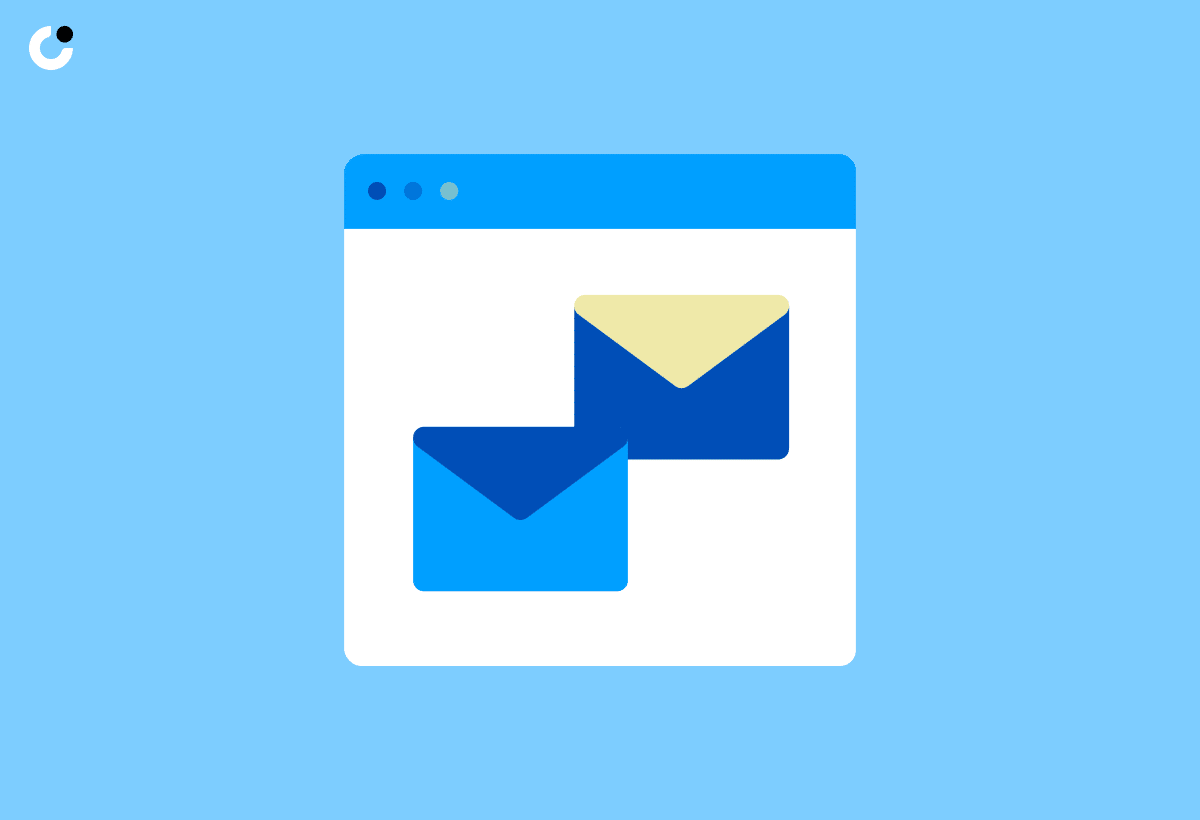
Sample templates offer structured frameworks for follow-up emails in diverse scenarios, facilitating efficient and effective communication.
When following up after a networking event, consider expressing gratitude for the insightful conversations and reiterating your interest in staying connected. Furthermore, for project updates, it is crucial to provide clear, concise information on the progress made and any potential roadblocks. In contrast, when sending event invitations, highlighting key details like date, time, and purpose is essential for encouraging attendance. Remember that while templates provide a solid structure, personalizing each email to reflect the recipient's interests or the specific context can significantly enhance engagement.
An Example of a Successful Follow-Up Email

Analyzing a successful follow-up email can offer insights into effective communication strategies and engagement techniques.
Personalization plays a crucial role in these communications. Tailoring the message to the recipient's specific interests or previous interactions can significantly increase the chances of engagement. A clear value proposition that explicitly states what benefits the recipient will gain from taking action is essential. It's also important to have a compelling call to action that prompts the recipient to respond or take the next step.
Common Mistakes to Avoid in Follow-Up Emails
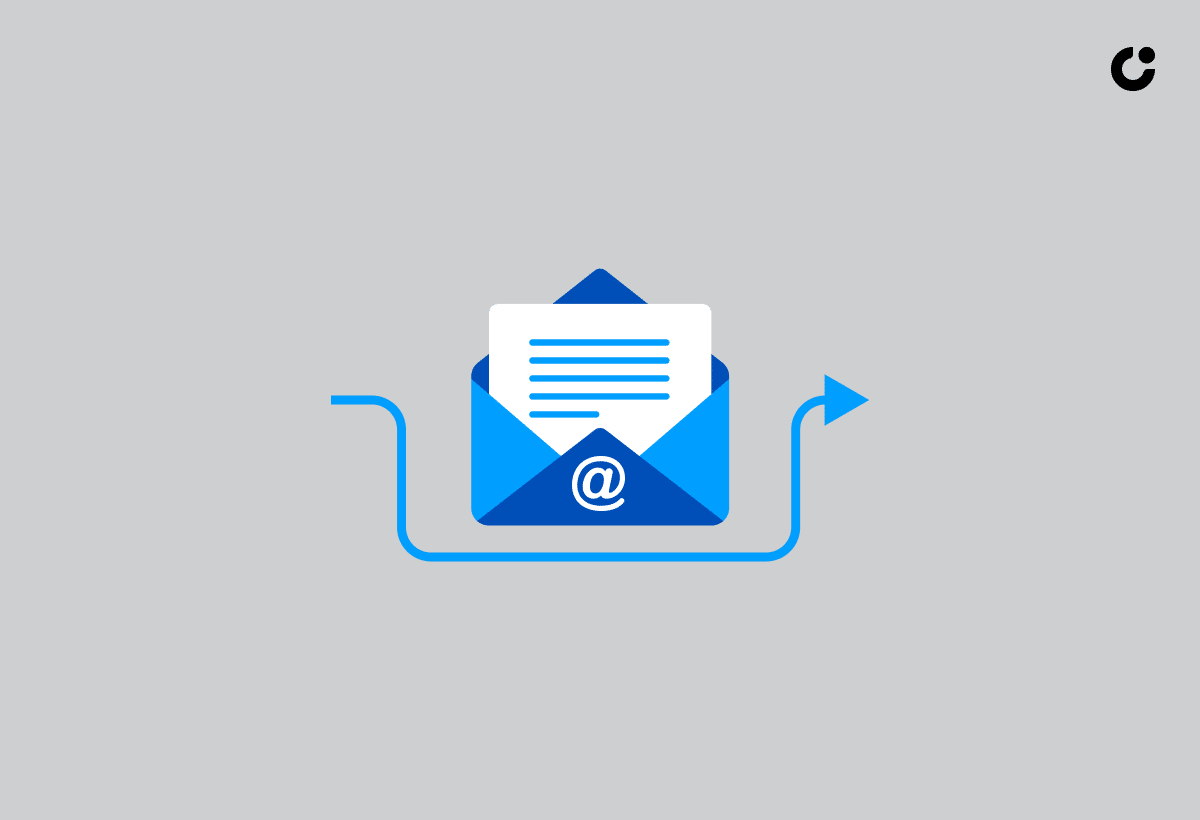
Identifying and rectifying common mistakes in follow-up emails is essential for maintaining professionalism and enhancing communication effectiveness.
One prevalent error in follow-up emails is typos, which can make your communication appear careless and unprofessional. Taking a few extra minutes to proofread can help catch these errors before hitting send.
Another issue is providing unclear messaging, leading to confusion and misunderstandings. To avoid this, ensure your emails are concise, direct, and include all necessary details.
Excessive follow-ups can also be a problem, as they can come across as pushy or desperate. Instead, space out your follow-up messages appropriately, giving the recipient time to respond.
Improving Email Etiquette for Better Responses
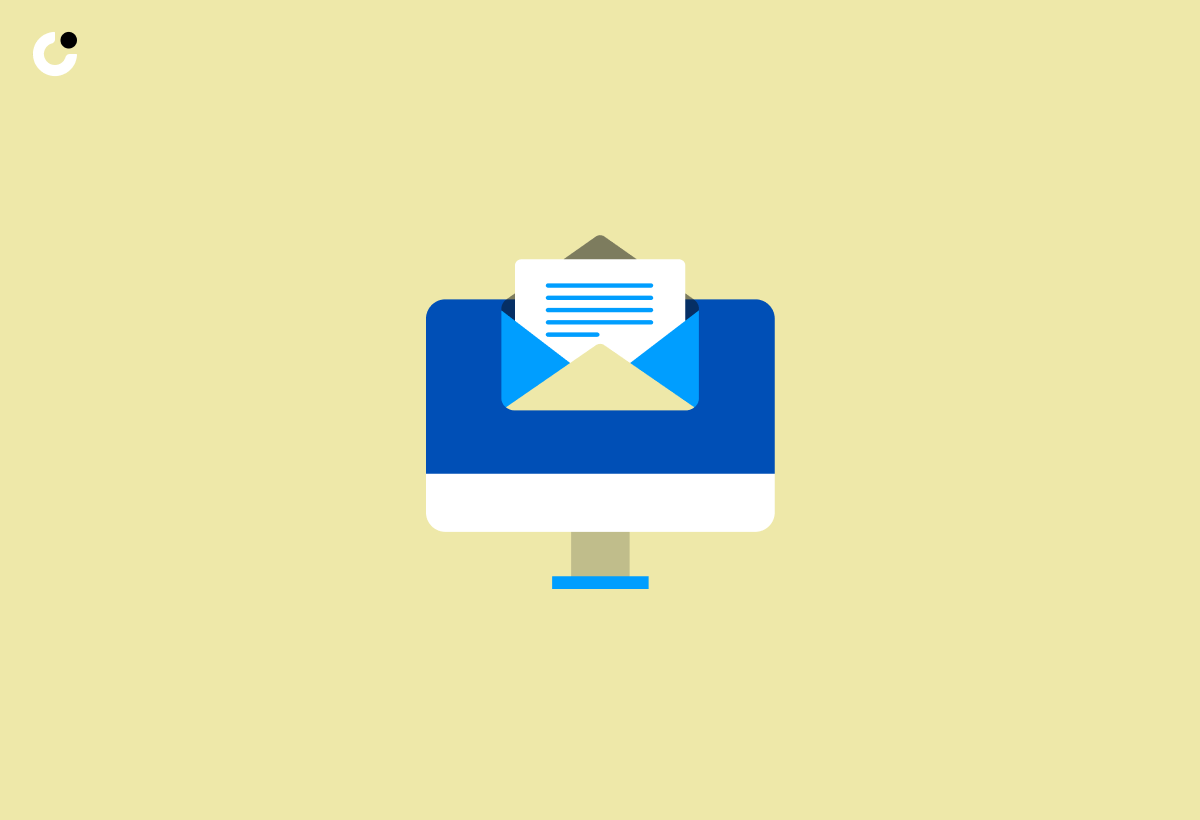
Enhancing email etiquette practices can lead to improved response rates, clearer communication, and stronger professional relationships.
In terms of email communication in business, the way you craft your messages can significantly impact how they are received. Utilizing tools like Grammarly can help ensure your emails are free of errors and convey your message clearly. Effectively managing your email stack by setting aside specific times to check and respond to emails can help you stay organized and efficient.
Another key aspect of refining email practices is navigating email threads skillfully. By keeping threads organized and succinct, you can improve communication flow and avoid message confusion. Engaging in active listening within email conversations and responding promptly can foster better relationships with your colleagues and clients, ultimately leading to improved business outcomes.
Understanding Email Etiquette Rules
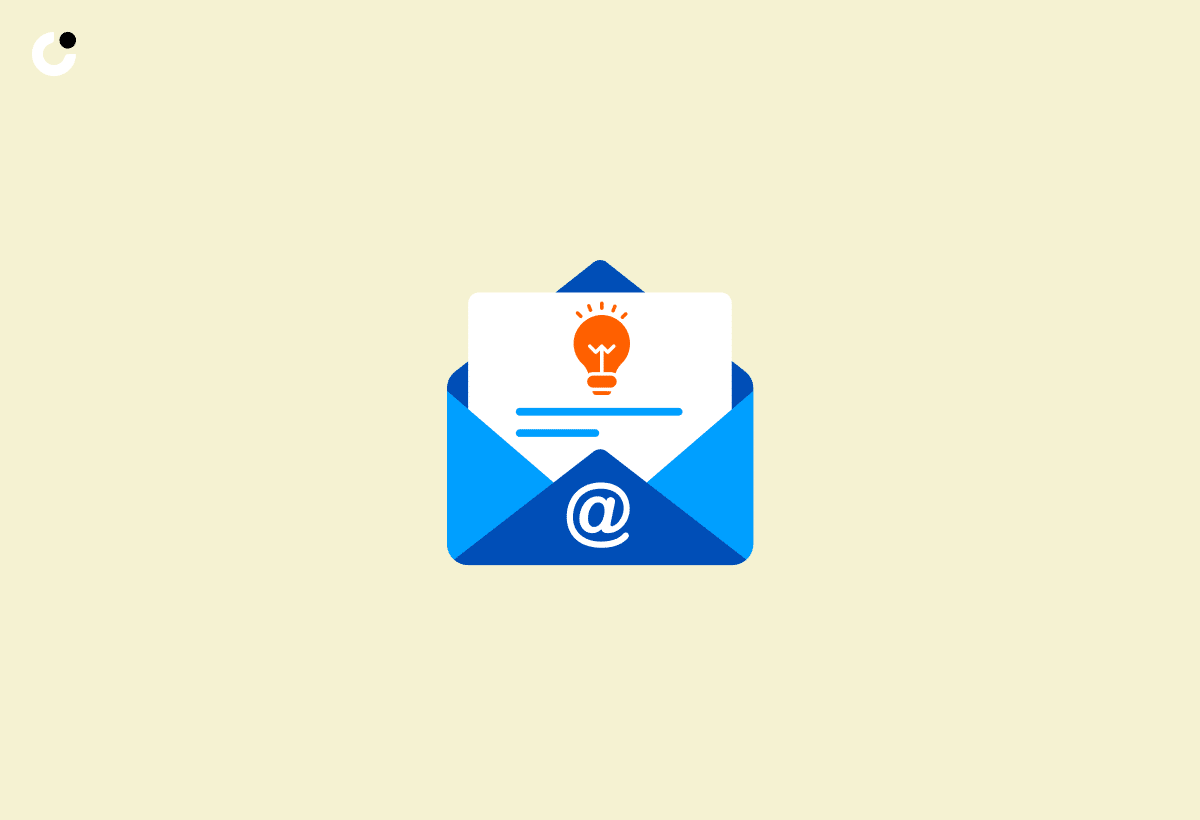
Email etiquette rules serve as guidelines for maintaining professionalism, clarity, and respect in written communication.
When crafting an email, it's important to start with a polite salutation to set a positive tone. Using 'Dear [Recipient's Name]' or 'Hello [Name]' is a simple yet effective way to show courtesy.
In addition, keeping your message concise and to the point helps ensure that the recipient can quickly grasp the main purpose of your email. Avoiding overusing emojis and using them sparingly and only when necessary can prevent misinterpretations or appearing unprofessional.
Implementing Email Etiquette Strategies for Business Communication
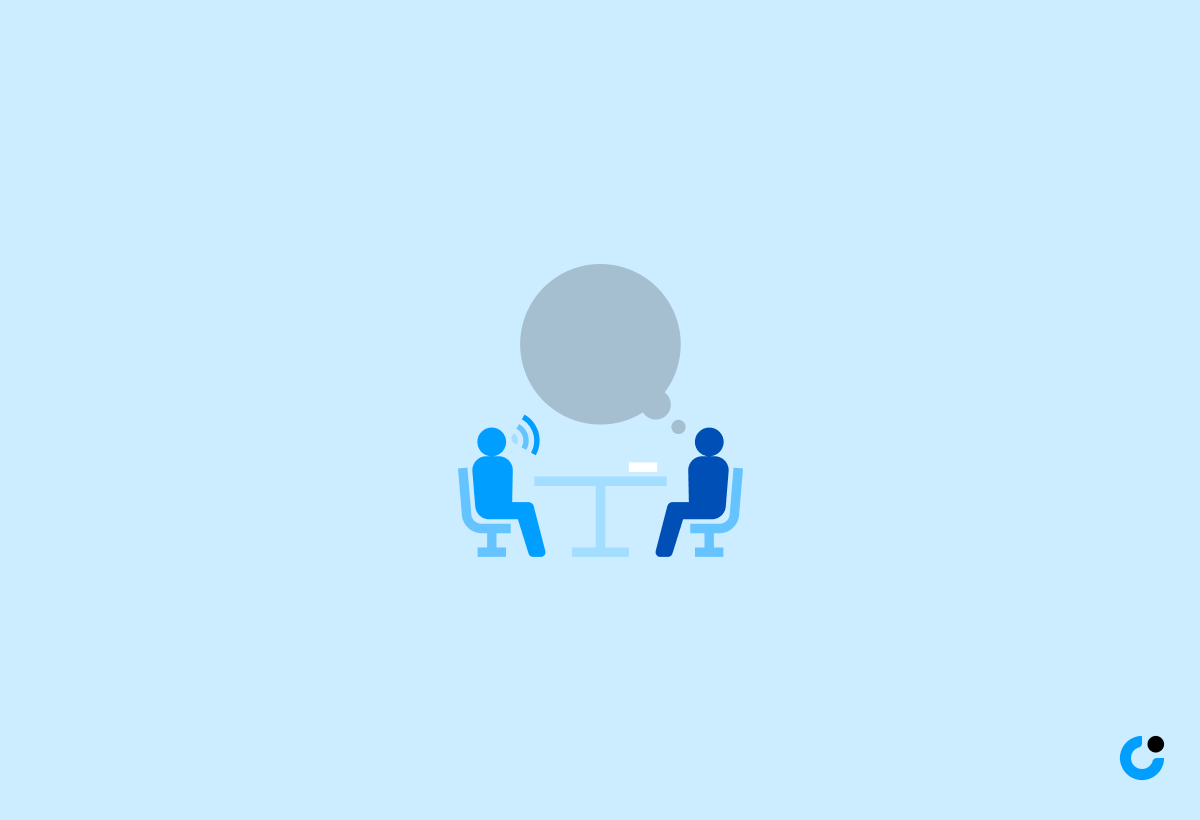
Implementing effective email etiquette strategies can elevate the quality of business communication and foster positive interactions with colleagues and clients.
In professional settings, it is crucial to pay attention to details such as writing concise and descriptive subject lines to ensure that the recipient understands the purpose of the email at first glance. Using a friendly yet professional tone can create a welcoming atmosphere without compromising on professionalism. Structuring emails with clear and organized content, using bullet points or numbered lists when necessary, can enhance readability and make the information more digestible for the reader.
Frequently Asked Questions
What is the purpose of bumping an email?
The purpose of bumping an email is to keep the conversation alive and remind the recipient to respond. It can also be used to follow up on important information or to ask for an update.
How do I bump an email effectively?
To effectively bump an email, make sure to personalize your message, keep it short and concise, and provide a clear call to action. Also, consider the timing and frequency of your bumps to avoid being too pushy.
Is it appropriate to bump an email more than once?
It is generally acceptable to bump an email more than once, especially if it is a time-sensitive or important matter. However, make sure to space out your bumps and avoid being too persistent or annoying.
What are some tips for writing a bump email?
Some tips for writing a bump email include using a clear and engaging subject line, referencing previous conversations or shared interests, and keeping a positive and polite tone. Also, make sure to proofread your email for any spelling or grammatical errors.
Can I use email templates for bumping emails?
Yes, you can use email templates for bumping emails, especially if you frequently need to bump emails for different recipients. Just make sure to personalize the template and tailor it to the specific recipient to avoid sounding generic.
What should I do if I don't receive a response after bumping an email?
If you don't receive a response after bumping an email, it is best to follow up with a different method of communication, such as a phone call or in-person meeting. Also, consider reaching out to a different contact or addressing the issue in a different way.

